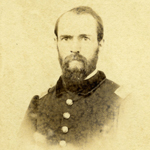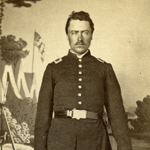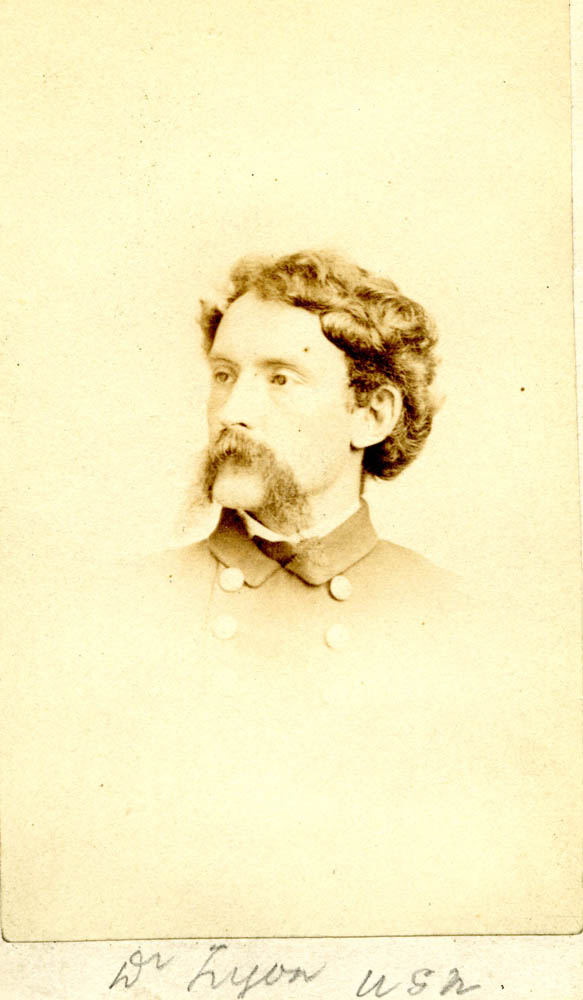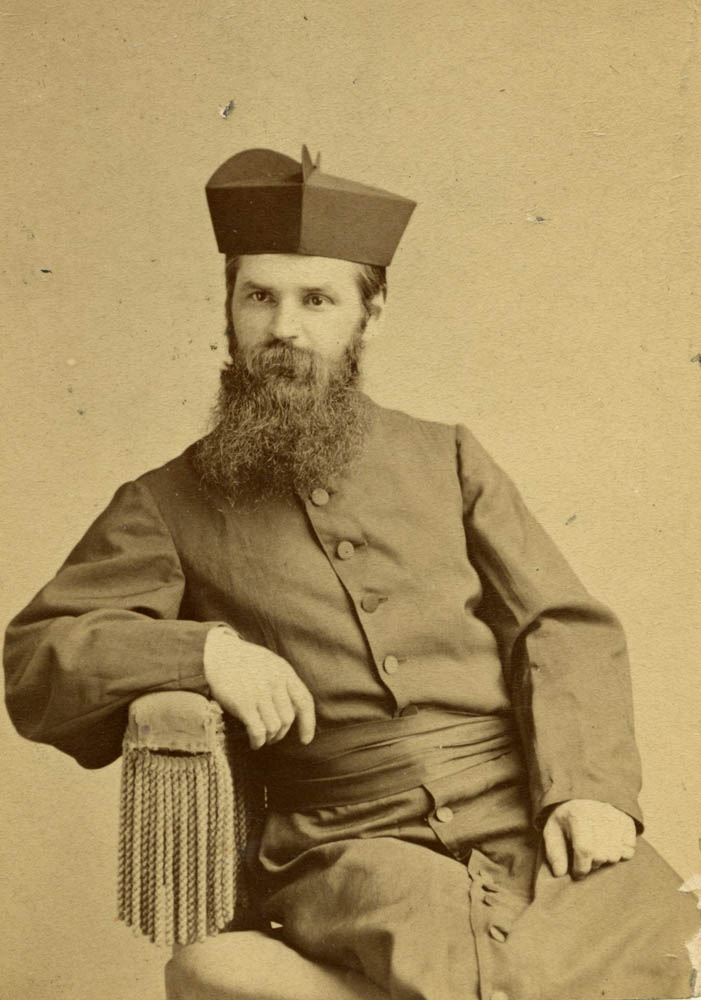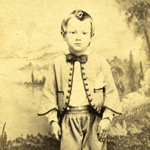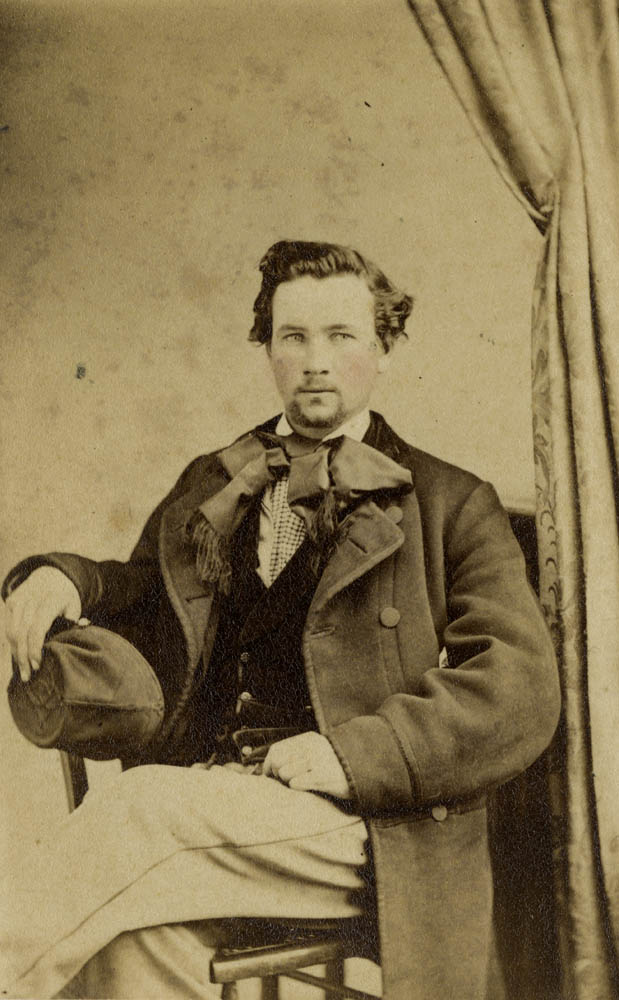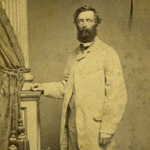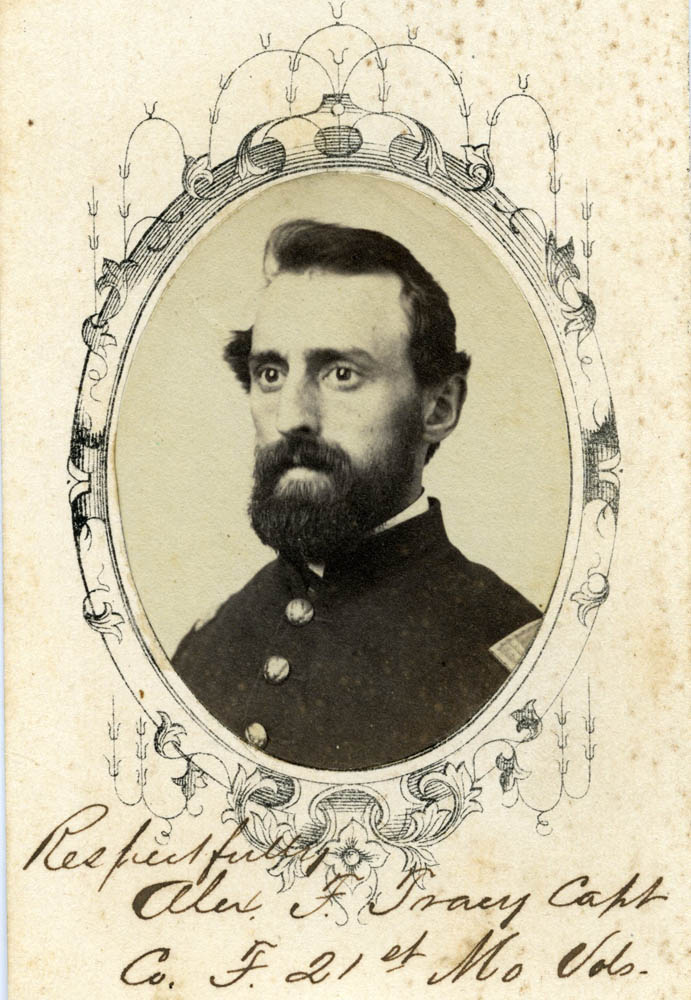
Alexander Tracy enlisted in the Missouri Home Guards at Canton, Missouri on July 15, 1861, as a first lieutenant; he was mustered into service in Company F, 21st Missouri Infantry in February 1862. After spending the fall of 1862 in Missouri recruiting for the regiment, he returned to the field, was promoted to captain ...
